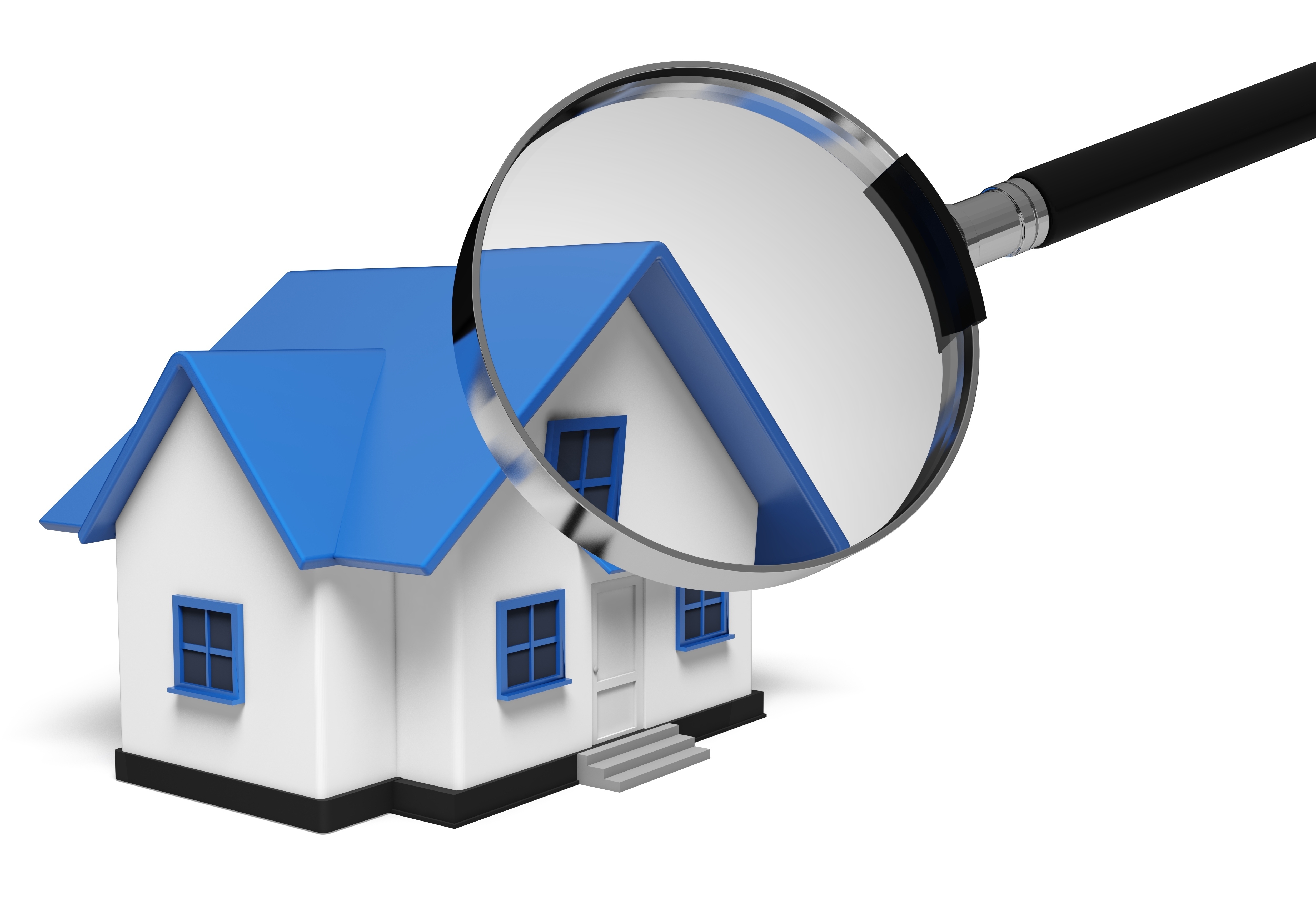
What Goes Into an Appraisal?Getting a home can be the most significant investment some people will ever encounter. Whether it's a main residence, a second vacation home or a rental fixer upper, purchasing real property is a detailed transaction that requires multiple parties to make it all happen. The majority of the people involved are very familiar. The most known person in the exchange is the real estate agent. Then, the lender provides the financial capital needed to finance the transaction. And ensuring all aspects of the sale are completed and that the title is clear to transfer from the seller to the purchaser is the title company. So, what party is responsible for making sure the property is worth the purchase price? In comes the appraiser. We provide an unbiased estimate of what a buyer could expect to pay — or a seller receive — for a parcel of real estate, where both buyer and seller are informed parties. A licensed, certified, professional appraiser from M A Lewis Appraisals, LLC will ensure, you as an interested party, are informed. Appraisals begin with the property inspectionTo determine the true status of the property, it's our responsibility to first complete a thorough inspection. We must actually see aspects of the property, such as the number of bedrooms and bathrooms, the location, amenities, etc., to ensure they really are present and are in the condition a typical person would expect them to be. The inspection often includes a sketch of the house, ensuring the square footage is correct and conveying the layout of the property. Most importantly, the appraiser looks for any obvious amenities - or defects - that would affect the value of the house. Once the site has been inspected, an appraiser uses two or three approaches to determining the value of real property: a sales comparison, a replacement cost calculation, and an income approach when rental properties are prevalent. 
Cost ApproachHere, the appraiser gathers information on local building costs, labor rates and other elements to determine how much it would cost to replace the property being appraised. This estimate usually sets the upper limit on what a property would sell for. It's also the least used predictor of value. 
Analyzing Comparable SalesAppraisers are intimately familiar with the subdivisions in which they appraise. They thoroughly understand the value of particular features to the residents of that area. Then, the appraiser researches recent sales in close proximity to the subject and finds properties which are 'comparable' to the property in question. By assigning a dollar value to certain items such as remodeled rooms, types of flooring, energy efficient items, patios and porches, or additional storage space, we adjust the comparable properties so that they more accurately portray the features of subject.
Once all necessary adjustments have been made, the appraiser reconciles the adjusted sales prices of all the comps and then derives an opinion of what the subject could sell for. When it comes to associating a value with features of homes in Gorham and Cumberland, M A Lewis Appraisals, LLC can't be beat. The sales comparison approach to value is commonly given the most consideration when an appraisal is for a home purchase. Valuation Using the Income ApproachIn the case of income producing properties - rental houses for example - the appraiser may use an additional way of valuing a property. In this situation, the amount of revenue the property yields is factored in with other rents in the area for comparable properties to derive the current value. Coming Up With The Final ValueCombining information from all applicable approaches, the appraiser is then ready to put down an estimated market value for the property in question. Note: While this amount is probably the strongest indication of what a property is worth, it may not be the final sales price. Prices can always be driven up or down by extenuating circumstances like the motivation or urgency of a seller or 'bidding wars'. But the appraised value is often used as a guideline for lenders who don't want to loan a buyer more money than they could recover in case they had to sell the property again. At the end of the day, an appraiser from M A Lewis Appraisals, LLC will guarantee you attain the most fair and balanced property value, so you can make the most informed real estate decisions. |